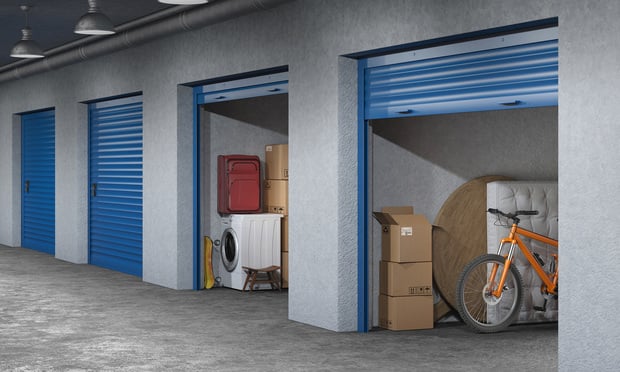DALLAS—The 102,000-square foot four-story Dallas High School was built in 1907 and sat empty for nearly two decades before being purchased by Matthews Southwest. It was subsequently redeveloped into 78,000 square feet of historically converted office space, along with 10,000 square feet of restaurant, retail and outdoor patio space.
And now, the historic building has achieved LEED Gold Certification. Merriman Anderson/Architects was the design architect, historic architect and architect of record for the building shell and interior restoration, including the LEED certification process. In order to receive LEED Gold certification, Merriman Anderson implemented many sustainable site and material strategies, as well as envelope improvements to optimize energy efficiency.
Recommended For You
Want to continue reading?
Become a Free ALM Digital Reader.
Once you are an ALM Digital Member, you’ll receive:
- Breaking commercial real estate news and analysis, on-site and via our newsletters and custom alerts
- Educational webcasts, white papers, and ebooks from industry thought leaders
- Critical coverage of the property casualty insurance and financial advisory markets on our other ALM sites, PropertyCasualty360 and ThinkAdvisor
Already have an account? Sign In Now
*May exclude premium content© 2025 ALM Global, LLC, All Rights Reserved. Request academic re-use from www.copyright.com. All other uses, submit a request to [email protected]. For more information visit Asset & Logo Licensing.









